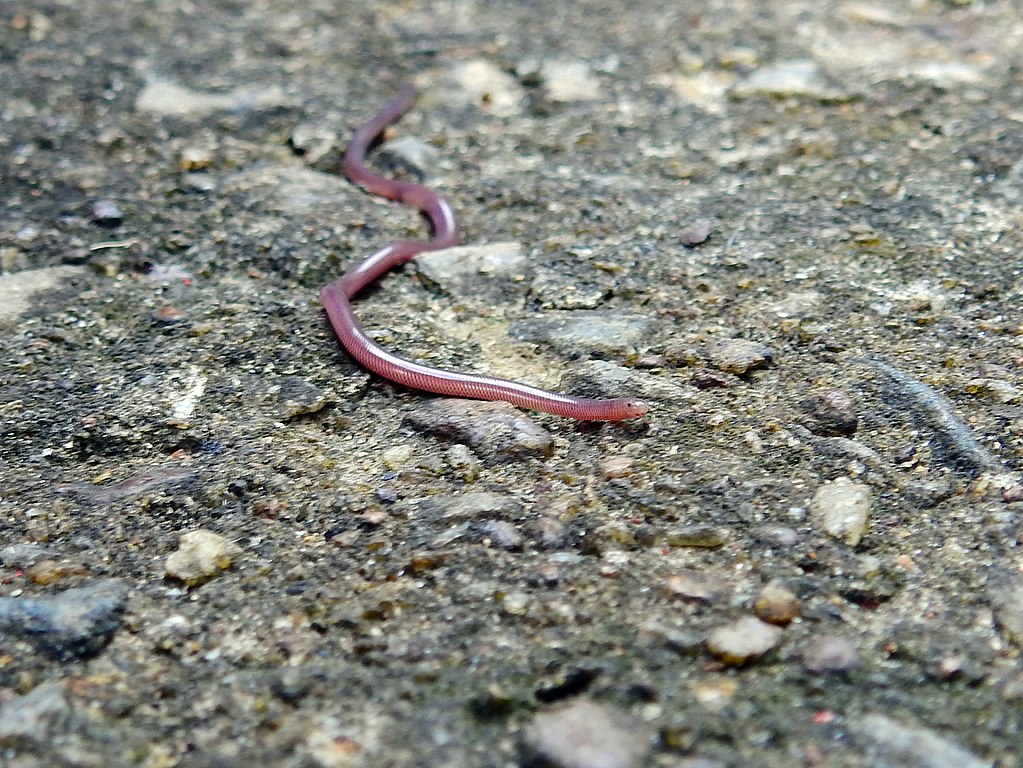In the diverse landscapes that span our planet, snakes have evolved remarkable adaptability in their locomotion. These limbless reptiles navigate through deserts, forests, grasslands, and even aquatic environments with surprising efficiency. One of the most fascinating aspects of snake movement is how these creatures modify their locomotive techniques based on the substrate they encounter. From loose sand in deserts to compact clay in forests, different soil compositions present unique challenges that snakes have masterfully overcome through specialized movement patterns. This article explores the intricate relationship between snake locomotion and soil types, revealing how these remarkable reptiles have evolved to thrive in virtually any terrain they encounter.
The Biomechanics of Snake Movement
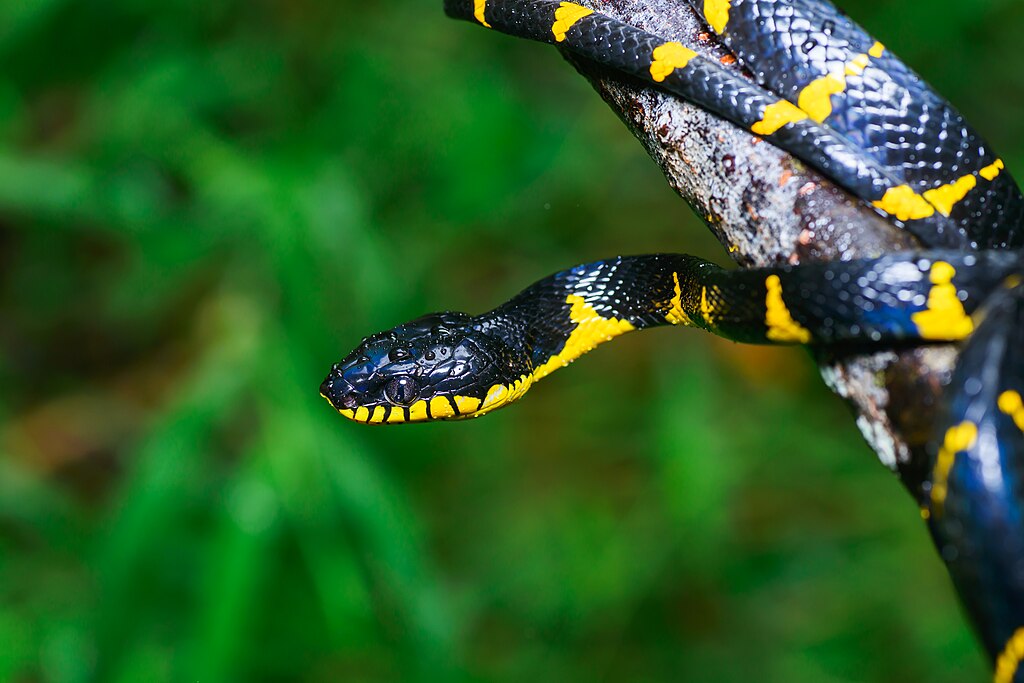
Snake locomotion represents one of nature’s most elegant solutions to the challenge of movement without limbs. Unlike most vertebrates that rely on appendages for propulsion, snakes use their entire body as a locomotive apparatus, creating points of contact with the ground that generate the necessary friction for forward motion. This unique biomechanical system involves complex muscle contractions that travel as waves along the snake’s body, either laterally or vertically depending on the movement type. The snake’s ventral scales play a crucial role in this process, acting as contact points that grip irregularities in the substrate. Each movement type utilizes different muscle groups and creates distinct patterns of ground reaction forces, allowing snakes to optimize their locomotion based on the specific properties of the soil they traverse.
The Four Primary Movement Types
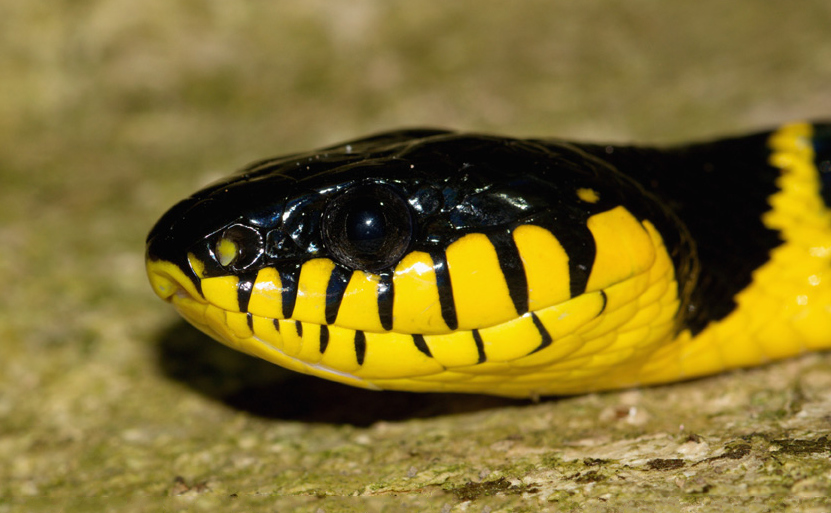
Snakes employ four fundamental locomotion methods that vary in efficiency depending on the substrate: lateral undulation, rectilinear locomotion, sidewinding, and concertina movement. Lateral undulation, the most common technique, involves S-shaped waves passing through the body, pushing against surface irregularities for forward propulsion. Rectilinear locomotion, primarily used by larger snakes like pythons and boas, involves the sequential lifting and advancing of ventral scales while keeping the body relatively straight. Sidewinding, a specialized movement seen in desert-dwelling species, creates a series of static contact points while lifting portions of the body off the ground. Concertina movement involves the snake forming loops that anchor against surfaces while extending the front portion of the body forward. The selection of these movement patterns directly corresponds to the physical properties of the soil or substrate encountered.
Navigating Sandy Deserts
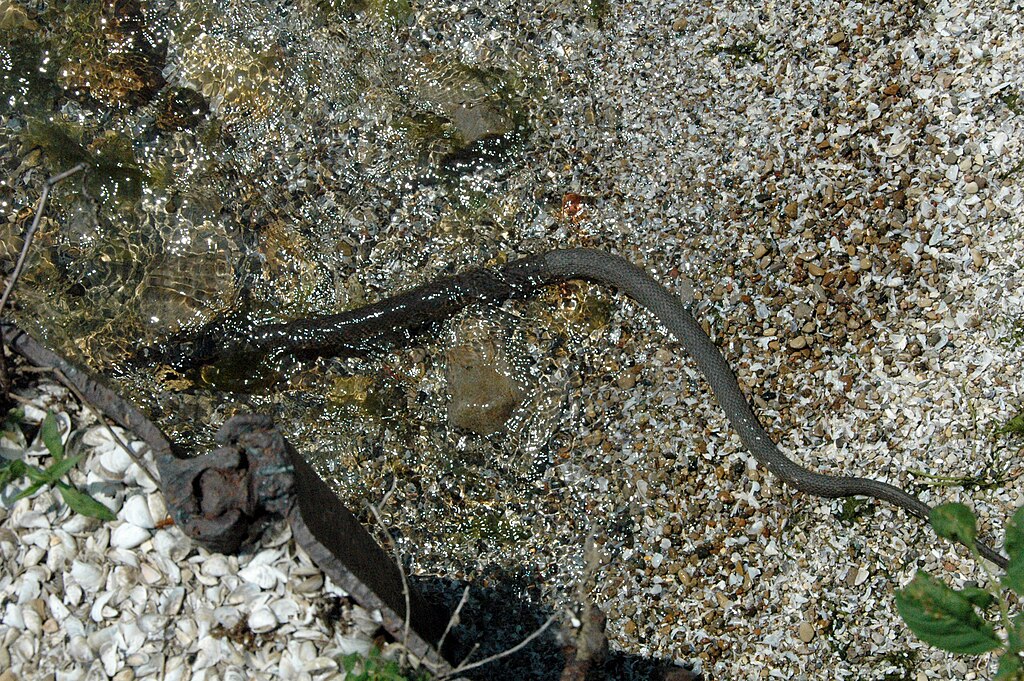
Desert environments present perhaps the most challenging terrain for snake locomotion due to the loose, shifting nature of sand particles. In these conditions, traditional lateral undulation becomes highly inefficient as the substrate provides minimal resistance for the snake to push against. Desert specialists like sidewinders (Crotalus cerastes) have evolved a remarkable solution through sidewinding locomotion, where the snake’s body makes minimal contact with the hot sand, reducing both friction and heat absorption. Research has shown that sidewinding can be up to three times more energy-efficient on loose sand compared to other movement types. The specialized movement also prevents the snake from sinking into softer substrates, as the contact points distribute the animal’s weight more effectively. This adaptation represents a perfect example of how environmental pressures have shaped locomotive behaviors in response to specific soil challenges.
Movement on Compact Clay Soils

Compact clay soils with their dense, firm structure present an entirely different set of challenges and opportunities for snake locomotion. On these substrates, lateral undulation becomes highly efficient as the firm ground provides excellent resistance points for the snake to push against. Species like rat snakes (Pantherophis spp.) excel on these surfaces, using powerful lateral muscle contractions to generate significant forward thrust. The compact nature of clay soils also allows snakes to achieve greater speeds, as energy is not lost to substrate deformation that occurs in looser soils. Studies have documented some colubrid snakes reaching speeds of up to 3-4 mph on compact surfaces, significantly faster than what they can achieve on looser substrates. Additionally, the texture of clay soils provides excellent traction for ventral scales, further enhancing locomotive efficiency.
Adapting to Rocky Terrain

Rocky terrain presents a complex three-dimensional landscape that requires specialized locomotive adaptations from snakes. In these environments, many species employ a combination of concertina and lateral undulation movements to navigate effectively. The concertina method becomes particularly valuable when traversing narrow crevices or climbing vertical rock faces, as it allows the snake to create secure anchor points while extending forward. Species like the rock python (Python sebae) have developed particularly strong ventral musculature that enables them to grip rock surfaces with remarkable strength. Their scales also show adaptations, with slightly raised posterior edges that enhance gripping capabilities on mineral surfaces. Some specialized rock-dwelling snakes even show morphological adaptations like flattened bodies that facilitate movement through narrow rock crevices, demonstrating how substrate-specific pressures can shape both behavior and physical characteristics.
Navigating Forest Floors
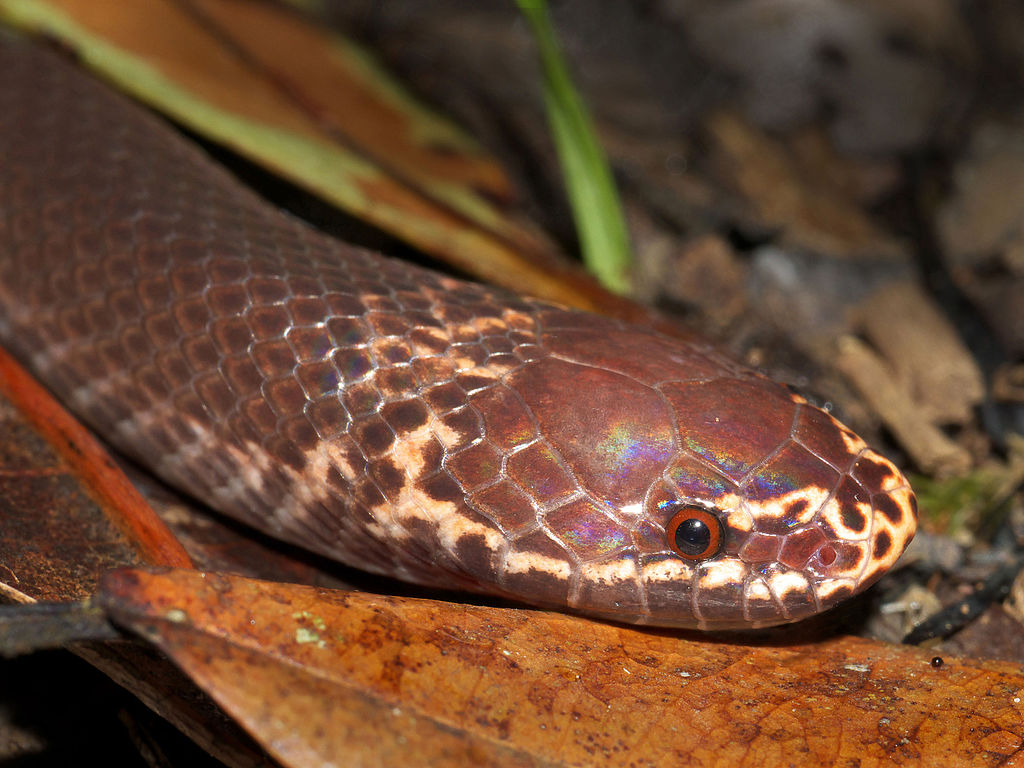
Forest floors present one of the most heterogeneous substrates, covered with leaf litter, twigs, decomposing vegetation, and varying soil densities. This complex environment has led many forest-dwelling snakes to develop exceptional versatility in their movement patterns. Species like the common kingsnake (Lampropeltis getula) will seamlessly transition between lateral undulation when crossing firmer ground and concertina movement when navigating through dense leaf litter. The unpredictable nature of forest substrates has selected for snakes with highly developed proprioception—the awareness of body position—allowing them to quickly adjust their movement mechanics when encountering different substrate patches. Forest snakes often exhibit more generalized locomotion adaptations rather than highly specialized ones, reflecting the need for versatility rather than optimization for a single substrate type. This adaptability makes forest-dwelling species particularly interesting subjects for studying the neural control of locomotion.
Burrowing Through Soil
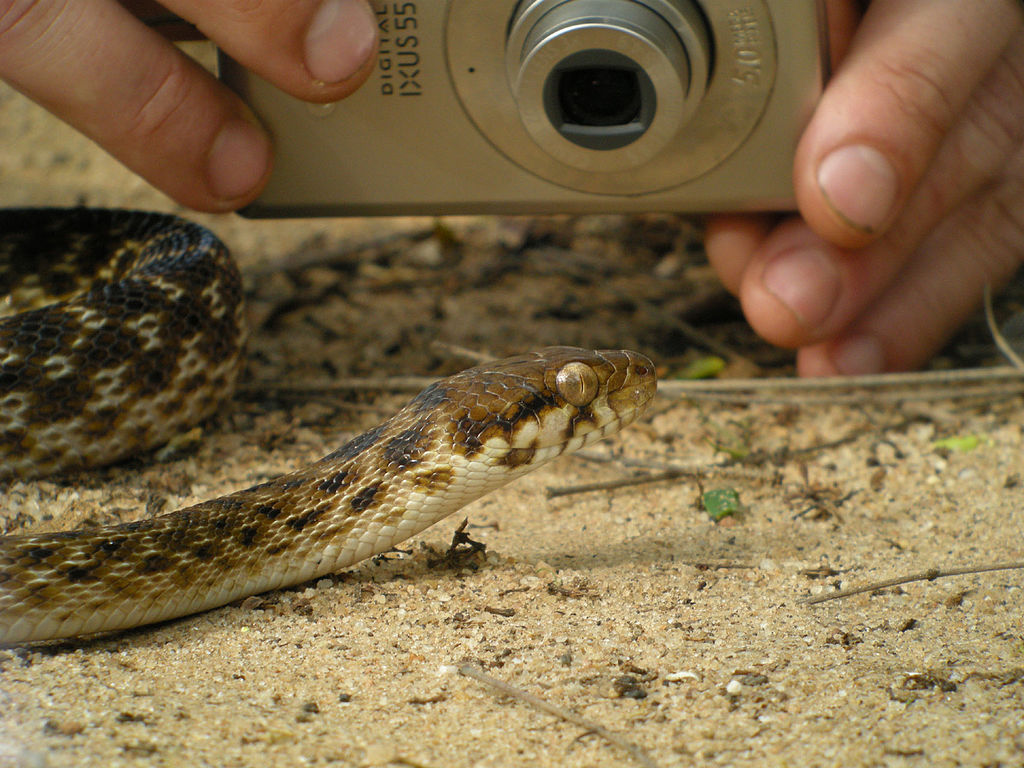
Many snake species have evolved specialized adaptations for moving through soil rather than just over it, developing true burrowing capabilities. Fossorial (burrowing) specialists like blind snakes (Typhlopidae family) utilize rectilinear locomotion to push through soil particles with minimal lateral movement. These species often feature reinforced skull structures, smooth scales with reduced friction, and compact, cylindrical body shapes that facilitate soil penetration. Their movement through soil involves a complex interaction with soil particles, where the compaction and grain size significantly influence burrowing efficiency. Some specialized burrowers can distinguish between soil types through specialized sensory adaptations, allowing them to select paths of least resistance through heterogeneous substrates. The energy expenditure for burrowing can be up to ten times greater than surface locomotion, making soil-specific adaptations particularly crucial for these specialized snakes.
Moisture’s Impact on Snake Movement

Soil moisture content dramatically alters the physical properties of substrates, creating significant implications for snake locomotion. Moist soils generally provide better traction for ventral scales due to increased surface tension and adhesive forces between the snake’s body and the substrate. However, excessively wet or muddy conditions can impede movement by creating suction forces that the snake must overcome. Studies have demonstrated that most terrestrial snakes achieve optimal movement efficiency at intermediate moisture levels, where the soil provides good traction without becoming adhesive. Some specialized species like water snakes (Nerodia spp.) have evolved scales with different surface properties that maintain effective traction even in extremely wet conditions. The relationship between moisture and movement efficiency explains why many snake species alter their activity patterns based on rainfall and humidity levels, often becoming more active following light rain when soil conditions optimize their locomotive capabilities.
Temperature Effects on Soil and Movement
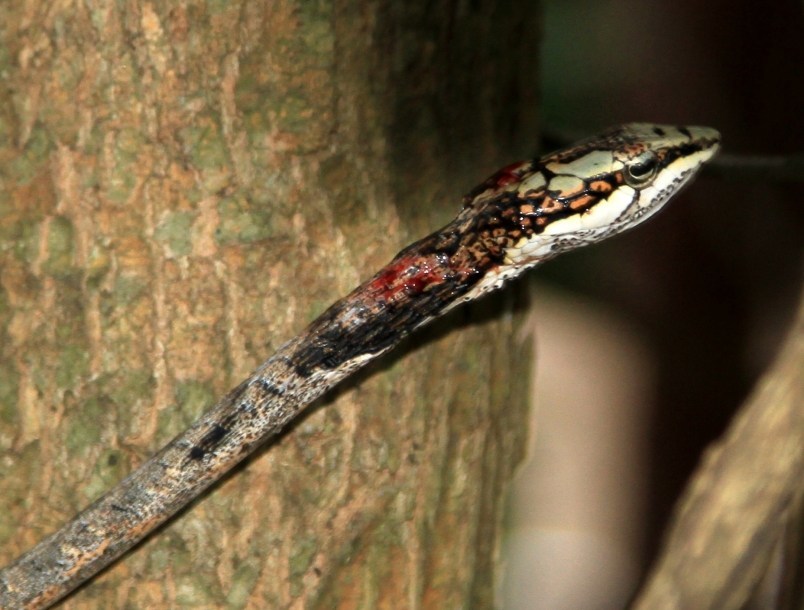
Temperature not only affects a snake’s metabolic rate but also influences soil properties in ways that impact locomotion. As ectothermic animals, snakes depend on environmental heat to power their muscle functions, with movement efficiency peaking at species-specific optimal temperature ranges. However, soil temperature also changes substrate properties, with hot sand becoming more loose and shifting compared to cooler, more stable sand. This dual effect creates complex thermoregulatory behaviors where snakes must balance their physiological needs with substrate-related locomotive challenges. Desert species often demonstrate temporal partitioning of movement, becoming active during cooler periods when both their muscles and the substrate are in optimal condition for efficient locomotion. Some specialized desert dwellers even possess heat-resistant ventral scales that allow them to maintain contact with hot substrates without tissue damage, extending their activity window during high temperature periods.
Sensory Feedback and Soil Type Detection

Snakes possess sophisticated sensory systems that allow them to detect and respond to changes in substrate properties during movement. Their ventral scales contain mechanoreceptors that provide real-time feedback about surface texture, resistance, and granularity as the snake moves. This sensory information feeds into neural circuits that can rapidly adjust muscle activation patterns to optimize locomotion for the current substrate. Research using high-speed videography has revealed that snakes can alter their movement mechanics within fractions of a second when crossing from one substrate type to another. This remarkable adaptability depends on specialized neural pathways that integrate sensory information with motor output. Some highly adapted species like the sidewinder rattlesnake (Crotalus cerastes) show evidence of predictive capabilities, adjusting their movement in anticipation of substrate changes based on visual or vibrational cues, demonstrating a sophisticated level of sensorimotor integration.
Energy Efficiency Across Different Substrates
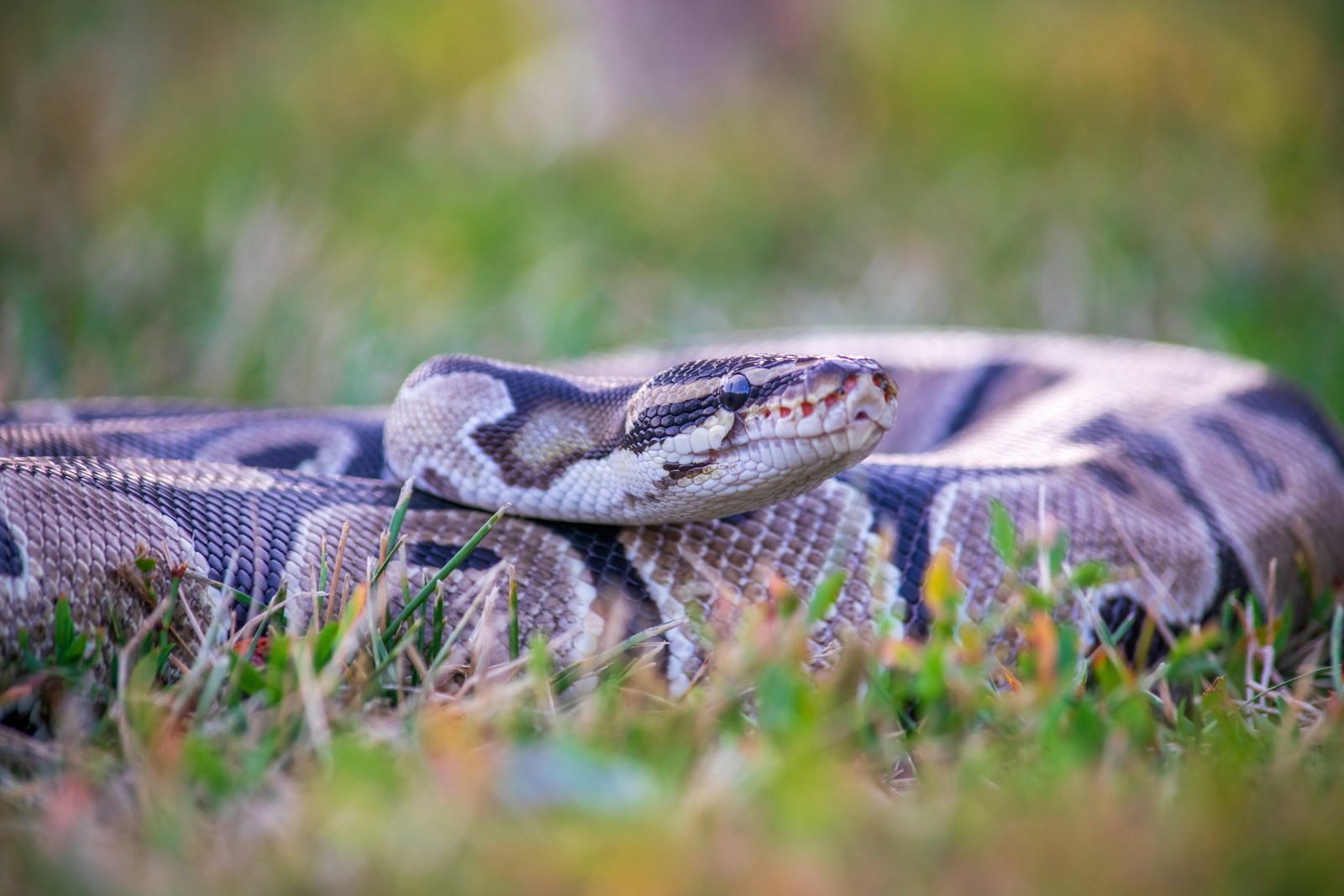
The metabolic cost of movement varies dramatically depending on the match between a snake’s locomotive style and the substrate it traverses. Studies measuring oxygen consumption during locomotion have revealed that specialized movement types can reduce energy expenditure by up to 70% when used on appropriate substrates compared to mismatched locomotion methods. This efficiency differential creates strong selective pressure for snakes to develop substrate-specific movement adaptations, particularly in challenging environments like deserts where energy conservation is crucial. The energetic costs also explain why many snake species appear highly selective about when and where they move, often remaining stationary for extended periods to conserve energy. Research has demonstrated that snakes will preferentially select travel routes that feature substrates matching their movement specializations, even if such paths are longer in absolute distance, highlighting how substrate-specific energy efficiency drives behavior.
Evolutionary Adaptations to Regional Soil Types

The distribution of snake species often correlates strongly with regional soil characteristics, reflecting long-term evolutionary adaptations to local substrate conditions. This pattern of soil-specific adaptation has contributed significantly to snake diversification, with distinct movement specializations evolving in response to the predominant soil types in different geographical regions. For instance, the sidewinding adaptation has evolved independently multiple times in separate lineages of desert-dwelling snakes, demonstrating convergent evolution in response to similar substrate challenges. Molecular clock analyses suggest that many of these substrate-specific adaptations date back millions of years, indicating their fundamental importance to snake survival and dispersal. Some snake families show remarkable diversity in locomotive adaptations, with closely related species evolving different movement specializations to exploit distinct soil niches within the same geographical region, further highlighting how substrate conditions can drive speciation through ecological specialization.
Implications for Conservation and Habitat Management

Understanding the relationship between snake movement and soil characteristics has important implications for conservation efforts. Habitat alterations that change soil properties—such as agricultural activities, mining, or off-road vehicle use—can significantly impact snake populations by making substrates unsuitable for their specialized movement types. Conservation planning increasingly incorporates substrate quality assessments when designing protected areas for threatened snake species, recognizing that preserving appropriate soil conditions is as important as maintaining general habitat structure. Restoration efforts for degraded habitats now often include substrate rehabilitation components tailored to the movement needs of target snake species. Climate change presents additional challenges, as altered precipitation patterns will modify soil moisture content across landscapes, potentially disrupting the movement efficiency of many snake species. These considerations highlight how substrate-focused research contributes valuable insights for effective snake conservation in an era of rapid environmental change.
The Future of Snake Locomotion Research

Advances in technology are revolutionizing our understanding of snake locomotion across different substrates. High-speed 3D cameras now capture micro-movements invisible to the human eye, while pressure-sensitive pads measure the precise forces generated during different movement types. Perhaps most exciting is the development of biomimetic robots inspired by snake locomotion, which allow engineers to test hypotheses about movement efficiency across standardized substrate conditions. These robotic models are providing insights into the physics of limbless locomotion that would be impossible to obtain from biological specimens alone. Emerging research is also exploring how climate change may affect soil properties globally and the potential implications for snake movement ecology. As computational models improve, researchers are beginning to simulate how changes in precipitation and temperature patterns might alter the distribution of substrate conditions suitable for different snake species, providing valuable forecasting tools for conservation planning.
Snake locomotion represents one of nature’s most elegant adaptations, a sophisticated system that has allowed these limbless reptiles to colonize virtually every terrestrial habitat on Earth. Their ability to modify movement patterns in response to different soil types showcases the remarkable plasticity of vertebrate locomotion and the power of natural selection to shape specialized behaviors. From the sidewinding motion of desert specialists to the burrowing capabilities of fossorial species, these adaptations demonstrate how environmental challenges drive evolutionary innovation. As research continues to unravel the complex relationship between snake movement and substrate conditions, we gain not only a deeper appreciation for these remarkable reptiles but also valuable insights into biomechanics that inform fields ranging from robotics to conservation biology. In the continuing story of snake evolution, their mastery of movement across diverse substrates remains one of their most impressive chapters.

